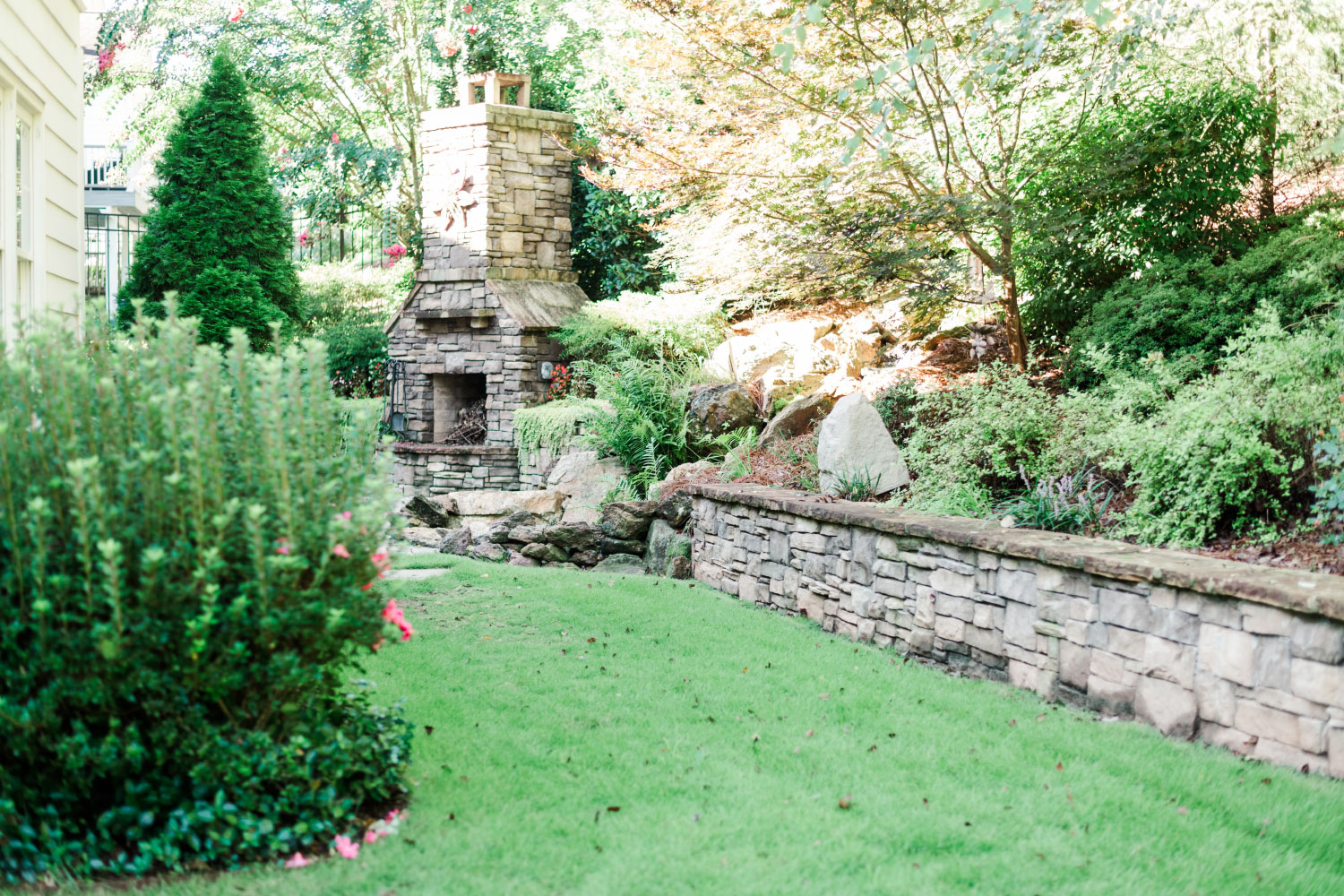Most of us dream of pulling into the driveway after work to that picturesque home with perfect landscaping and not a blade of grass out of place. Movies and TV shows always seem to feature a perfectly proportioned landscape with healthy plants framing the family home. An often overlooked but fundamental component of landscape management is pruning woody ornamental trees and shrubs, but when and why should a plant be pruned? Here are 3 reasons you should prune your trees and shrubs.
1. Health – Keep Your Trees and Shrubs Healthy
The first and most common reason a homeowner or landscape manager should consider pruning is the health of the host plant. Trees and shrubs in the landscape are susceptible to weather, disease, pests, and mechanical damage from the environment around it. Any one, or a combination, of those factors often results in damage or injury that can weigh down, consume energy and nutrition, or pose the threat of spread to the rest of the plant.
An example of pruning for health would be the removal of a branch or portion that has died. Regardless of what caused the damage, that plant is no longer aesthetically appealing in the landscape, and the dead branch or portion does the plant no good. Once dry and brittle, it is literally dead weight, offering the potential for rot, infection, or infestation that could pose a threat to the host plant and surrounding plants. The same actions may be taken against some afflictions or infestations to salvage healthy plant material.
2. Unnecessary Growth – Remove to Increase Strength and Longevity
Consistent with the goal of plant health, trees and shrubs may sometimes have growth habits that can compromise the well-being of the plant. Removal of these inclusions can help overall strength and longevity. Selecting for a main trunk, referred to as a leader, is beneficial for a young tree with two competing central leaders. Among other challenges, this relieves unfavorable angles that may split in winds.
Branches that cross each other may influence the growth of nearby branches or even rub against one another, creating mechanical damage and increasing vulnerability to pests and disease. Similarly, thinning the number of branches overall can help reduce the potential for these instances, allowing more air and light to the centers of the plants and resulting in fuller, healthier shrubs.
Suckers and spouts should also be removed. These are the growths protruding straight up from the roots or branches, respectively. They consume nutrients, create poor growth habits, and make for unfavorable angles if allowed to mature. Removing suckers and spouts, as well the aforementioned negative growth examples, not only limits damage potential but also helps maintain a desired shape.
3. Size and Shape – Prune to Your Desired Appearance
Pruning to reduce size and training a plant to be a certain shape are probably the most common reasons pruning is considered. Whether thinning, heading, or renewing, each type of cut provides different results based on the type of size reduction or shape modification required. Each plant species is different, and it is important to prune different plant species at different times, especially when pruning drastically. Information on when to prune each plant species is accessible from university extension and should be considered when deciding how and when to prune for desired results. Pruning at the right time is paramount for achieving pruning goals safely.
It isn’t uncommon for a plant to be placed where its maximal growth will encroach on surrounding plants or obscure the structure it’s meant to frame. In those instances, pruning may be detrimental to the plant or insufficient for size reduction. Relocation or removal and replacement with an appropriately sized species may be ideal in these instances.
Important Takeaways:
- Pruning woody ornamentals is one of the most important but often overlooked cultural practices for woody ornamentals.
- The health of the plant should always be most important. Whether removing afflicted portions, crossing branches, spouts, suckers, or other growths, eradication of these growths helps reduce stress and increase plant health and structure.
- Pruning for size and shape is a regular practice. Plant health should remain the priority of this consideration, and transplanting or removing plants that are far too large for the space they occupy is a reasonable solution.
- Regardless of which method is required, learning which species you’re working with and when pruning each species is optimal are essential for success when pruning. Consulting university extension is a great way to gain knowledge of the individual plants and challenges you’re correcting.








